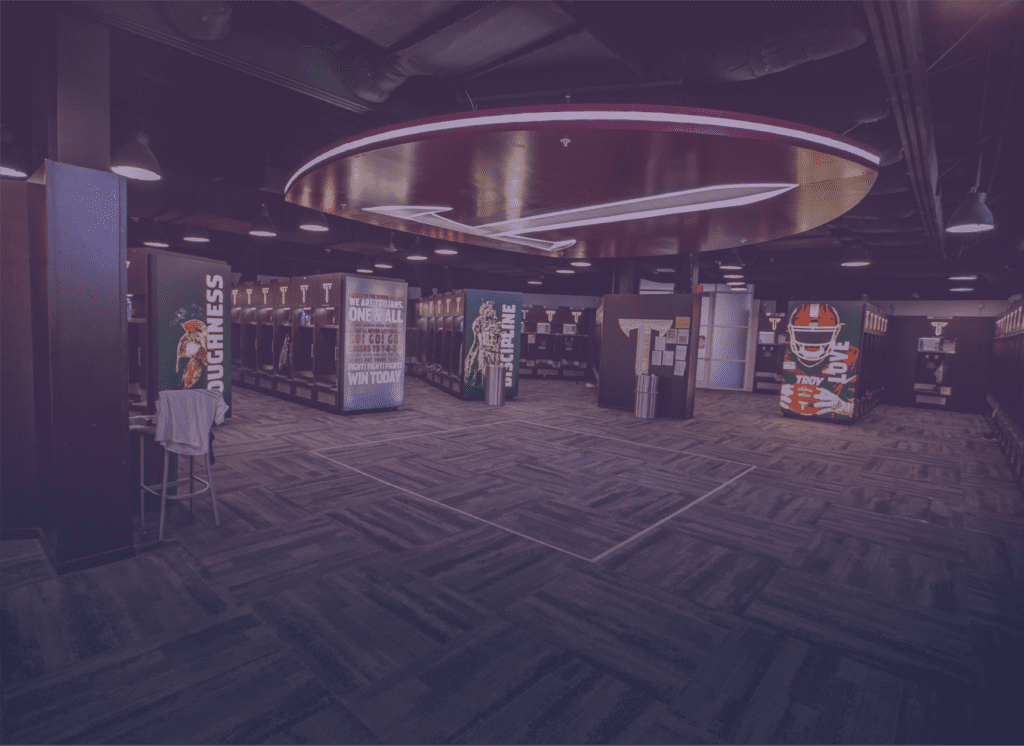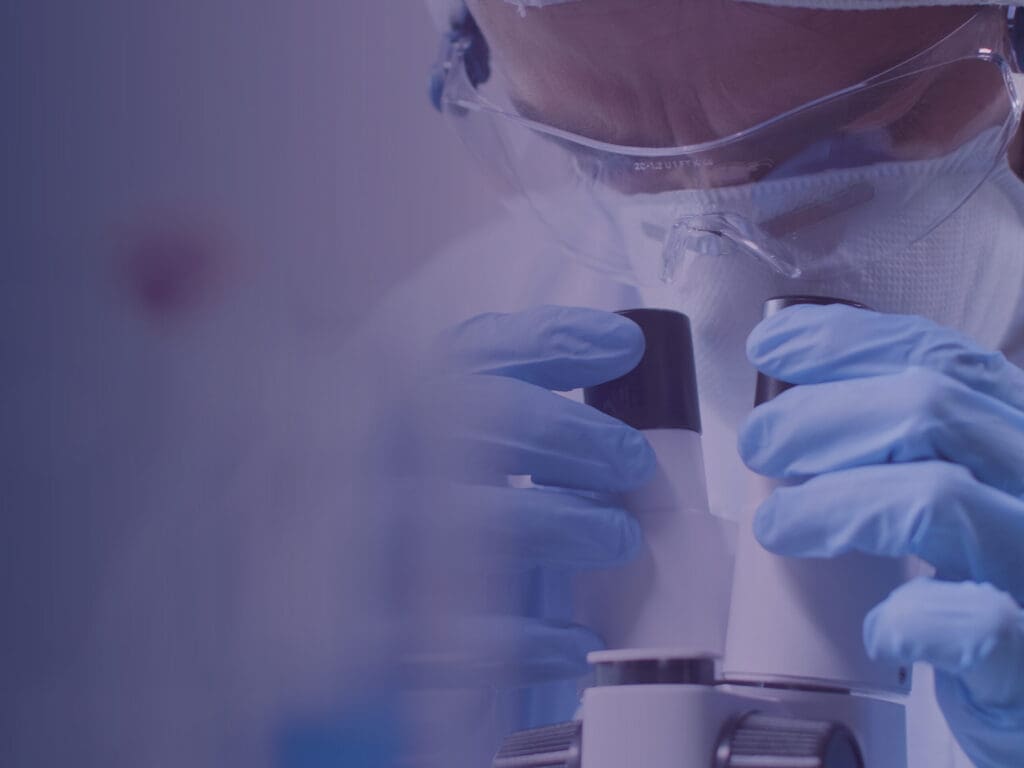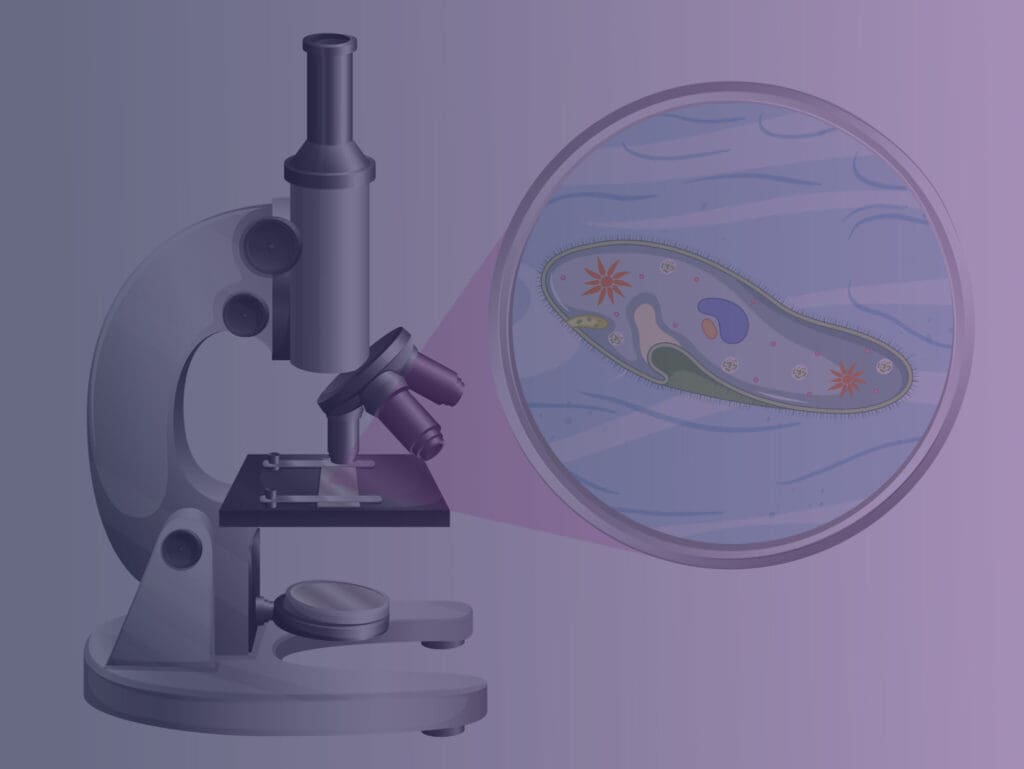

Reach Your Environmental Sanitization Goals
Research shows people and businesses have a false sense of security when it comes to germs.
1.2M
Gym showers hold 1.2M germs in every 6x6 square inch of space
1 in 25
The ratio of patients catching something while in a healthcare facility
20
The number of students who pick up something per school, every day
Advantages & Benefits
Disinfect. Sanitize. Deodorize.
It’s impractical to disinfect every square inch of a room. EPIC iO AURA™ transforms the air to disinfect every surface it touches.
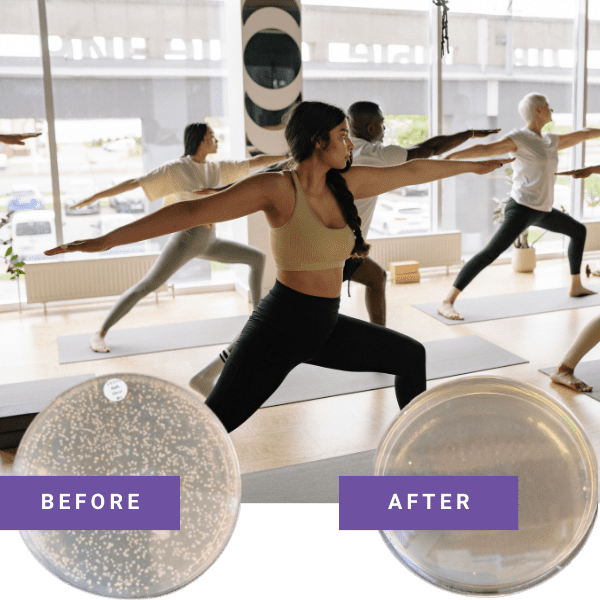

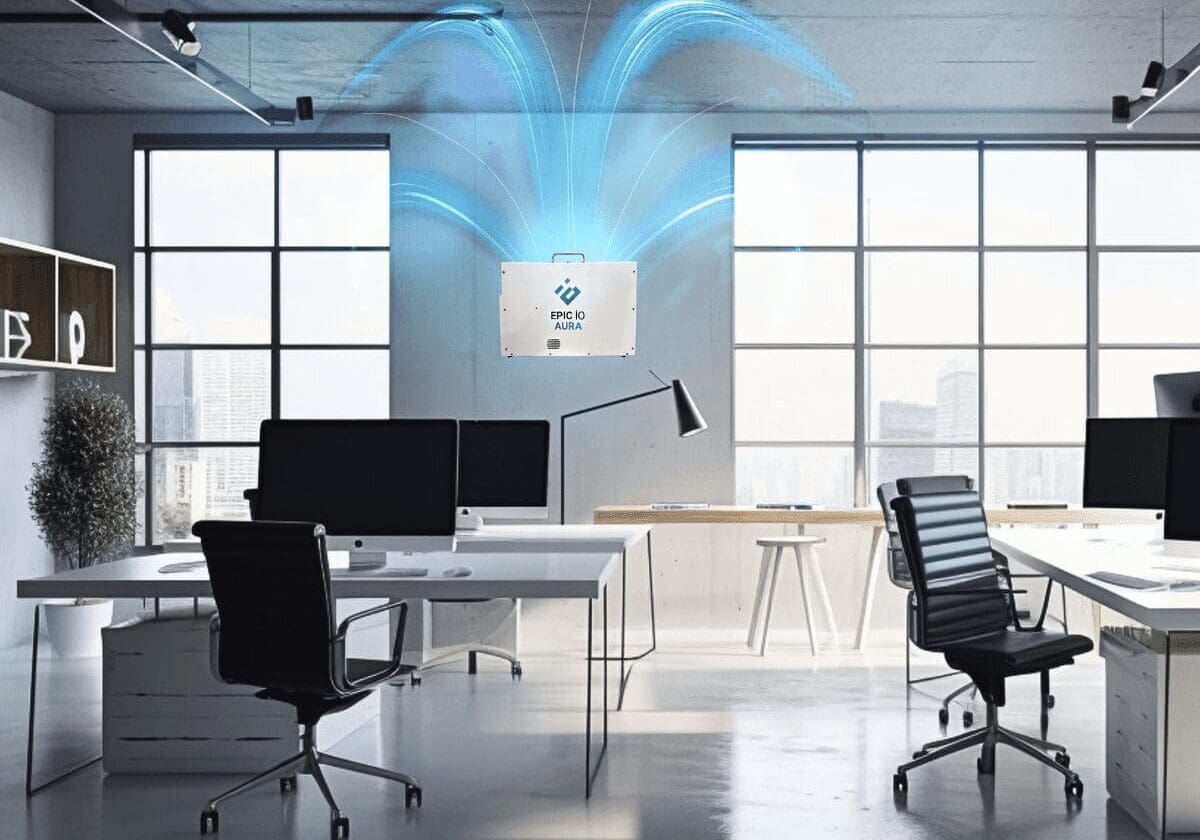

Reaches Everywhere
It’s impractical to disinfect every square inch of a room. EPIC iO AURA™ transforms the air to disinfect every surface it touches.
Decontaminating Rental Units
Cycling misused properties is painful.




Looks Clean
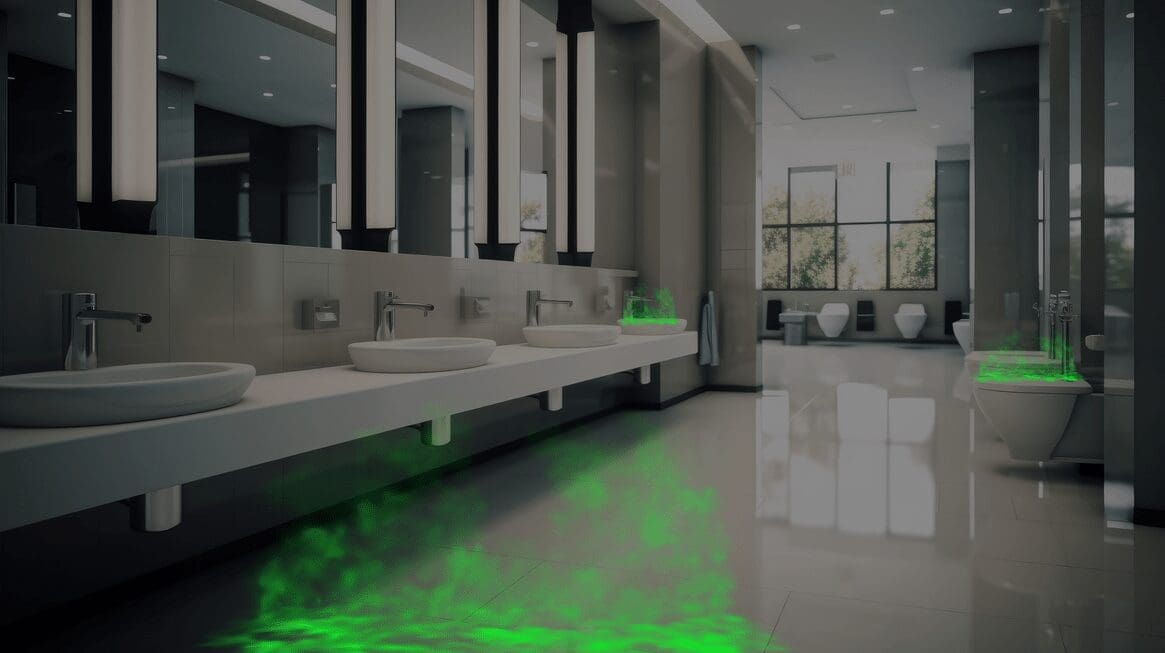

Definitely NOT Clean
One Unit. Multiple Uses.
Fully autonomous unit designed for versatile spaces.
Reduces Foodborne Illnesses
Destroys microorganisms that cause illnesses and spoil food.


Kills the Stink
Removes odors from cigarettes in just 2 hours.
Addressing the Broader Challenges of Enterprise Biosecurity
EPIC iO AURA leverages Artificial Intelligence (AI) and the Internet of Things (IoT) to kill the microorganisms that seek to harm us and our food supply. It is the only disinfection appliance of its kind to incorporate sensors to track delivered dosages and effectiveness which can be tracked over time to verify improvement.
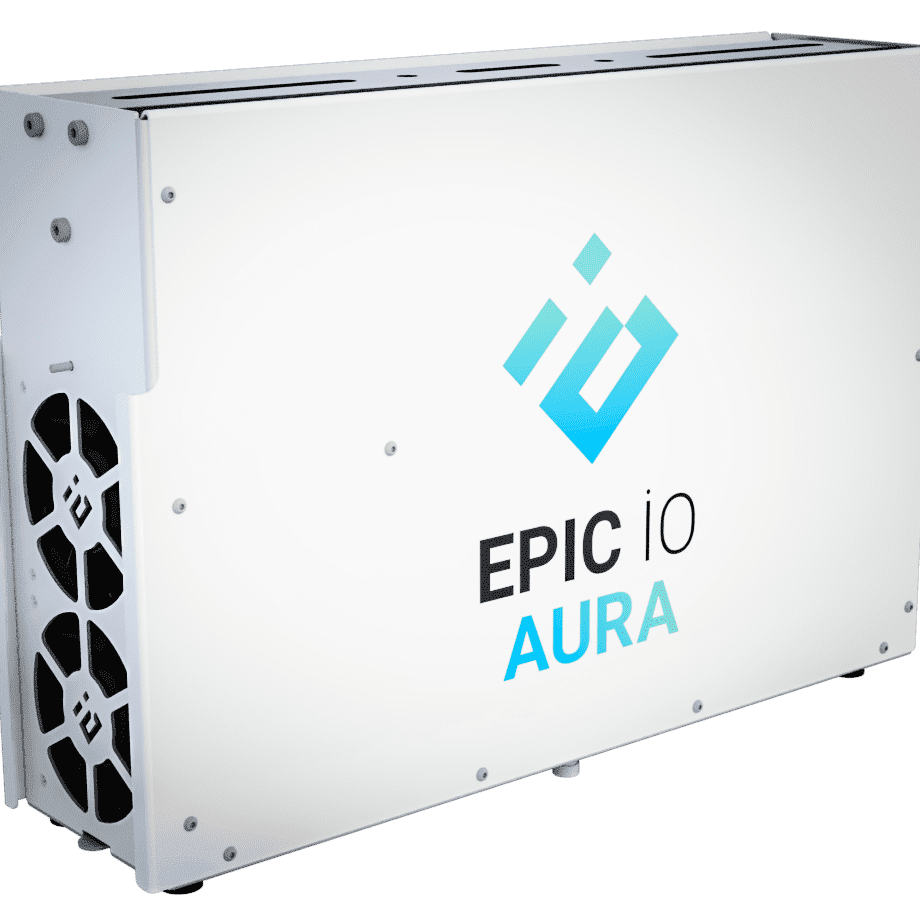

Loved by the World’s Best Brands
Discover how EPIC iO customers created safer environments.










Arenal Manoa Resort Hotel and Hot Springs
The EPIC iO Point of View
Check out the latest industry trends, outlook, and best practices for safer environments.




